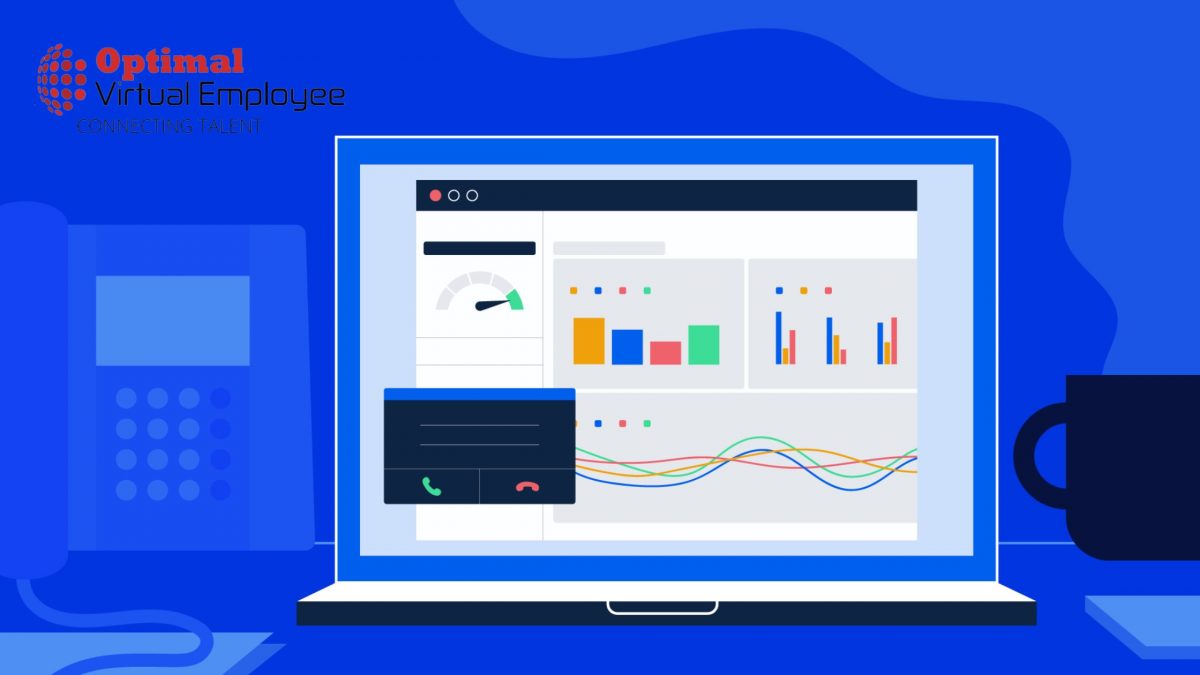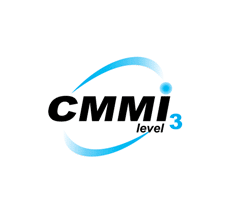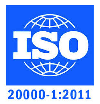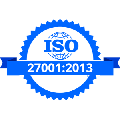Gone are the days when businesses kept their sales records in massive files piled up on office desks. Over time, CRM (Customer Relationship Management) software evolved, making it easier and simpler to keep track of customers’ sales records. Custom CRM software is currently assisting small and large businesses better manage their operations, resulting in increased profits.
If your company is already automated, you must be familiar with CRM software. However, you should have built this for your company if you are still running an offline business.
Here’s a comprehensive guide to assist you in building custom CRM software for your business:
What Is Custom CRM Software?
A Customer Relationship Management System is a program that collects, organizes, and manages customer data. It also allows you to strengthen relationships between your company and its customers through improved communication. You can achieve this in numerous ways, including tracking customer interactions and coordinating communication via email, social media, or phone calls from a single hub.
However, every business is unique, and no one-size-fits-all CRM software is equally effective for every organization. This is when custom-built ones replace pre-built CRM solutions.
A custom CRM is a solution designed and developed specifically for a specific business. It addresses the company’s objectives and is jam-packed with the functionality that employees require for increased productivity.
What Are the Benefits of Custom CRM Development?
A custom CRM solution can be ready-to-use turnkey software or custom-made based on the organization’s and its users’ needs. Below are some of the reasons one may need a CRM solution:
- The need for specific and accurate data. Turnkey CRM software may have only some tabs to maintain the customer’s details. Particular options for entering customer information as per the company’s need may be available elsewhere. For instance, family details may be one of the needs for data mining, and the tab for entering the same does not exist in a turnkey CRM.
- A need for the Integration of various departments. A custom CRM is an answer for integrating and coordinating activities within multiple departments. A turnkey solution will not be able to serve the problem.
- Better forecasting and planning- The input data is the most critical factor in the accuracy of predicting and intelligent planning. Except for data warehousing, the information is not viable for data mining. A CRM that does not support enough options to fill customer data that may be useful in the present and future does not serve any purpose.
- Long-term focus and retention of customers. For an organization to thrive, long-term customers and the value generation through them are what sustain the growth of the organization. The entire product movement and profitability depend on customer intake and retention. Custom CRM is the solution for an organization’s long-term growth and success.
- Freedom to make changes as per the scale of operations.
Things to Consider Before You Develop CRM Software
Now that you know there is a need for CRM custom workflow for your business let’s look at the different things you should consider before developing CRM software. Creating a custom CRM system from scratch may appear to be a daunting task. Still, thinking about the variables and planning accordingly can be an enriching experience for your company. There are various factors to consider before developing CRM software starting from scratch, and these are as follows:
- The company’s needs have to be defined.
- Budget set aside
- User-friendly
- Dashboards
- Tracking your company’s touch points.
- Efficient social CRM software.
- The custom mobile app development company
Steps on How to Build Custom CRM Software
Due to the extensive functionality businesses must adhere to, CRM creation necessitates careful planning. So, let’s have a deep look at how to create CRM software:
Step 1: Establish Objectives
Every process begins with a plan of action and a goal. Before developing customizable CRM software, it is critical to define your business goals and identify the challenges you are willing to tackle. For example, you want to increase annual sales by 40% or lower client acquisition costs by 40%. The established goals will guide the software development team in preparing detailed project specifications, and the CRM developer will select the most appropriate technology stack.
Step 2: Select a User Role
The most significant advantage of the CRM platform is the incorporation of solid communication relationships among the organization’s employees. For example, the marketing and sales teams use data analytics tools, while the customer support team requires communication tools that need less effort from the manager. However, each employee uses the customizable CRM software based on their assigned department-related tasks, so you must specify the user for whom you create a CRM.
Step 3: Consider Security Needs
CRM databases store lumpsum data and information, so protecting clients’ data from being misused or stolen by employees for nefarious purposes is critical. Building complex security models in CRM software development would be a good idea, especially if these models resemble an org chart. They will undoubtedly require additional time and resources and will be ineffective once you reorganize your organization.
Step 4: Choosing Contractors
Outsourcing is a superb way to obtain high-quality services at a low cost. The quickest way to build CRM software is to select the best contractor with the necessary expertise and outsource the CRM software development. You must conduct extensive research, ranging from the company’s portfolio to client reviews on reputable B2B platforms such as Clutch or IT Firms.
Step 5: Make a Rough Estimation
When you first contact your custom CRM provider, they will prepare a rough estimate based on your initial feature list. Later, the document determines the amount of time and money spent on the specific project. It will aid in budget planning and deciding whether or not to continue the collaboration. Furthermore, client-oriented IT vendors will hopefully provide free project rough estimates.
Step 6: Development
The design, project framework, and flowchart must be submitted at the ‘Development’ stage. The CRM developer will then use agile software development practices to transform the mockups into a working product. The agile approach is ideal for CRM development because it allows developers to return to previous stages to resolve issues and continue the development process.
Step 7: Launch
After you’ve completed all of the previous stages of development, it’s time to launch a ready-made solution for your users. At this point, you launch the product and collect customer feedback or reviews to determine where they like to use your product and what needs to be changed.
How Can OVE Help You Build Custom CRM Software?
Any business aims to form a healthy, long-term relationship with its customers. Managing that relationship is one way to lay the groundwork for customer loyalty and trust. Today’s successful business titans rely on customized CRM software that automates business processes and streamlines the customer journey. Now that you understand the relevance of developing custom CRM software for your company don’t put it off any longer.
OVE experts can assist you in mobile application development with their experienced CRM custom web services if you have a CRM app idea. Trust our expert hands and allow us to assist you in reaching your business management objectives.









